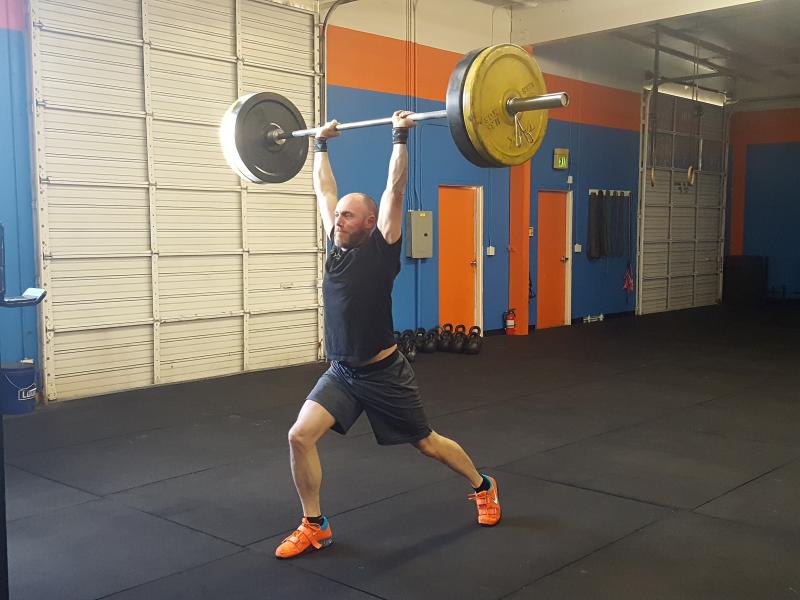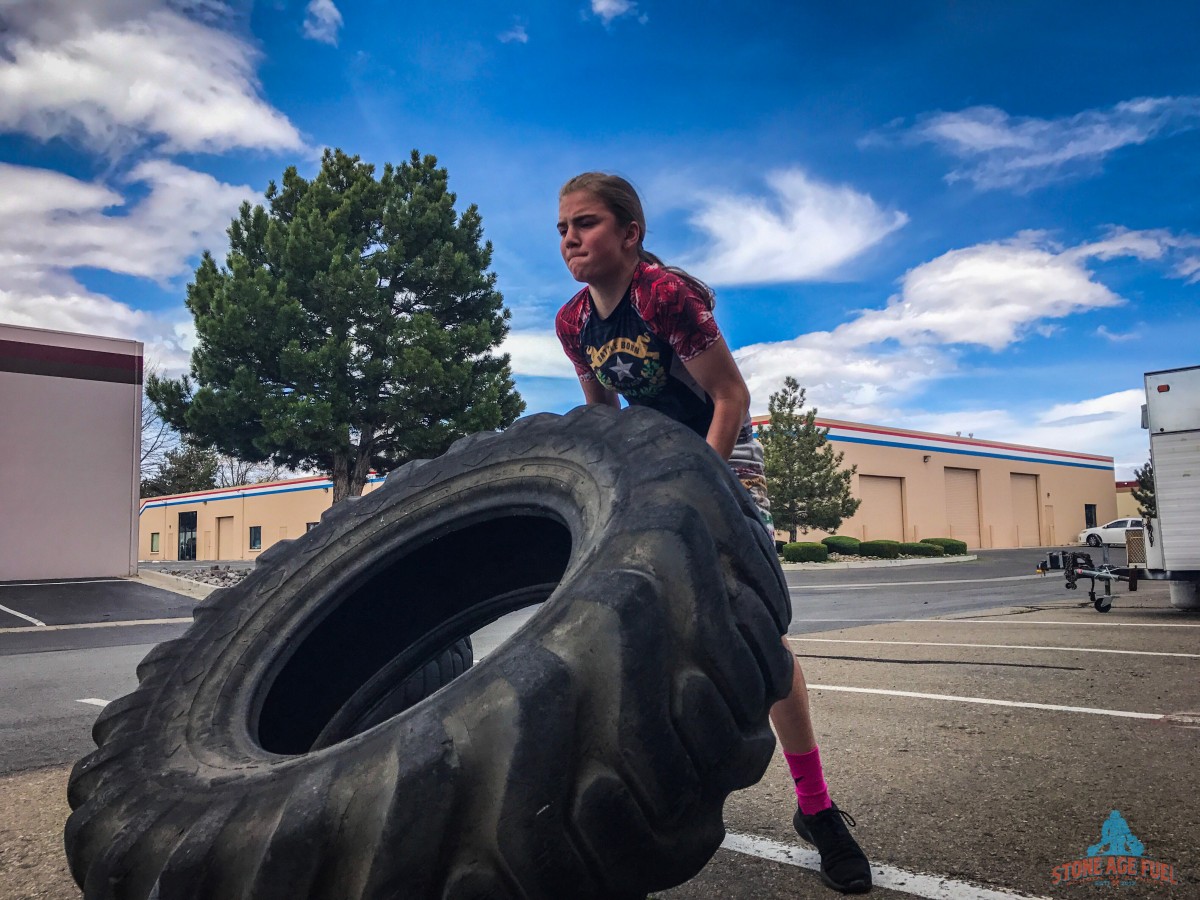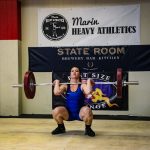Should I Be Using a Weightlifting Belt?
I have been a trainer and a member in a double digit number of gyms in multiple cities and multiple states during my life. One of the most common and misunderstood pieces of personal equipment that I see people using in the gym, is a weightlifting belt. In this blog we are going to cover what is a weightlifting belt for, how does it work, who needs one and does it prevent injury?
“Hey! You could squat so much more if you used a belt.” “You know, it’s really not safe to squat or deadlift without a belt.” “All the strongest athletes use belts, maybe I should too.” These are all things you have heard/thought/read if you have been a consistent gym go-er who does resistance and barbell training. Let’s get the facts straight. What does a weightlifting belt do? A weightlifting belt when used properly, increases intra-abdominal pressure. That is it. Plain and simple. What is intra-abdominal pressure then? Intra-abdominal pressure is the pressure created from your abdominal wall and thoracic cavity against your spine. Take a deep breath and squeeze your stomach as hard as you can. Feel yourself tighten up? You have just increased your intra-abdominal pressure.
How does it work? Increasing your intra-abdominal pressure increases your ability to stabilize under load by bracing your spine. Did you miss that squat because your shoulders rounded forward and you lost all your drive? That is your body telling you your spine is no longer braced and the muscles intended to perform that movement are no longer being utilized correctly. You are running a risk of serious injury or death. A belt creates opportunity to increase this pressure past our natural capabilities to increase a load moved, past our natural capabilities.
Sounds like you should get one, huh? You probably don’t need one, and here is why. Yes, studies from the late 90’s up until very recently suggest that a weightlifting belt has the potential to increase load moved. I would ask you this. Are you a serious competitive athlete that requires progressive overload training to stay at the top of the competition? If the answer is no, then a weightlifting belt is not for you.
Many people will “say” (key word here) that a belt will protect you or prevent you from injuring your back. That is false. There is no belt out there that will take a person who does not have the proper mobility or training to perform squats, deadlifts, cleans, etc. and keep them from hurting themselves. No matter how big or tight your belt is, you still run the same potential risk for injury if you cannot perform the movement correctly.
To continue, professionals in most all related fields to where these studies are relevant will tell you it should only be utilized in the 90+% output range of your capabilities. Again, why? If used from warm up sets to finish or any time you are performing a movement you might think requires a belt, you are now training your body to rely on a means of artificial support. You are not allowing your own core strength to increase to perform the movement. Which means you are no longer capable of performing anywhere near what you could with the belt when you take it off.
The average of the research studies I have found is a 20% increase in load moved through full range of motion when a weightlifting belt, proper movement technique and proper valsalva technique are utilized. Couple that with well educated progressive overload strength training, and you will find increased muscular strength and performance throughout that training. When not properly utilized, you will find strained muscles, constant pain, loss of range of motion and potential serious injury or death. The fact is, your body protects your spine, not the belt.
None of this is to suggest that you are stupid for having bought or owning one, or that you should even stop using it. We are just clarifying the understanding of what it does and WHEN AND HOW IT SHOULD BE USED. Your focus should always be “am I capable of performing this movement properly to protect myself?” When the answer to that question is yes, then we can start talking about ability to increase performance.
Hopefully after reading this, you now understand a little more about not only weightlifting belts, but will also start to question the desired intent of your training and no longer subscribe to the expectations of it’s environment. So many times do I see people being convinced to change the intent of their training or buying into expected norms of their environment in the gym. Are you here to lose weight? Are you here to eliminate your chronic pain? Are you here to improve and prolong your quality of life? Remember that and educate yourself to meet those means. It’s real easy, for all of us, to get sucked into the hype of certain things surrounding us trying to reach our own goals. Yes, those goals change. The intent does not have to. Ronnie Coleman wears a belt. So What? Rich Froning wears wrist wraps. Ok…? Dimitry Klokov wears weightlifting shoes. Not always. Sometimes he snatches more than we all back squat, wearing a santa suit and singing Barbie girl, barefoot. That really happened…
Train proper mobility and technique and your performance will increase. Weightlifting belts can be utilized by everyone, but should be limited to maximal output ranges only and are really only necessary for top level athletes with the intent of competing with other top level athletes. Do they protect you? No, they do not. These are the facts and we would hope we made reasonable and true relations to how this might apply to you. This is science. Question everything and educate your self. Create your own belief and understanding, don’t just take it from others.







